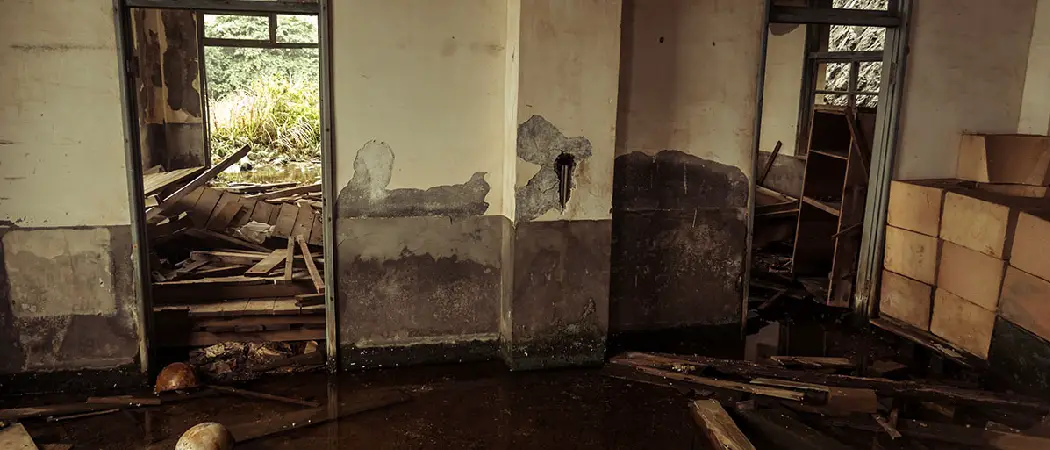Water damage in homes and buildings can lead to an unwelcome guest: mold. Mold poses a threat to the integrity of your property and the health of its occupants.
Dealing with mold caused by water damage is a multi-step process that requires prompt and effective action to prevent its spread and ensure a safe living environment.
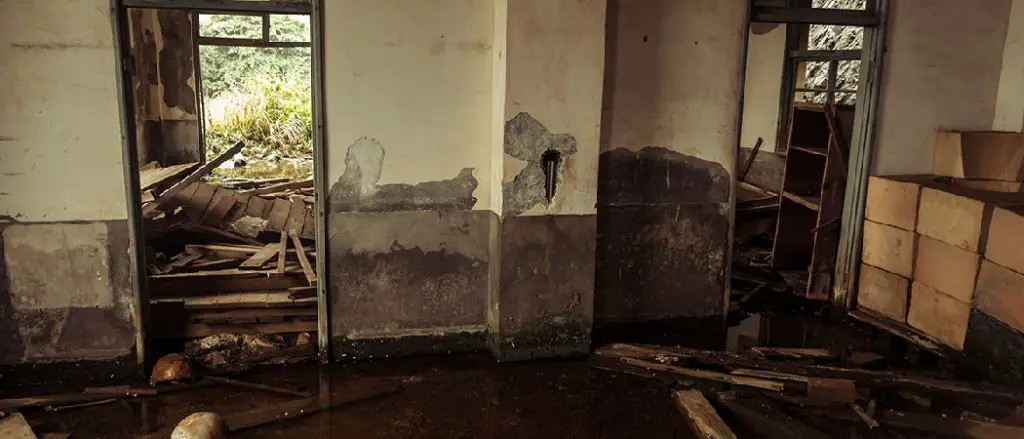
In this blog post, we will explore the critical steps to identify, treat, and prevent mold after water damage, arming you with the knowledge to protect your home and your health. So, keep on reading this article to learn more about how to treat mold from water damage.
Comprehending Mold and Water Damage
What Is Mold?
Mold is a type of fungus that can grow on surfaces where there is moisture and organic matter present. It reproduces through tiny spores that are invisible to the naked eye and can easily float in the air.
How Does Water Damage Lead to Mold Growth?
Water damage provides the ideal conditions for mold to grow – moisture, nutrients, and a warm environment. When water accumulates in your home or building due to leaks, floods, or high humidity levels, it can create the perfect breeding ground for mold to thrive.
Types of Mold Commonly Found After Water Damage
There are many types of mold, but the most common ones found after water damage include:
- Stachybotrys (also known as black mold)
- Aspergillus
- Penicillium
- Alternaria
- Cladosporium
These molds can cause varying levels of damage to your property and pose potential health risks, making it crucial to address them promptly.
Detecting Water Damage
Signs and Symptoms of Water Damage
- Discoloration or Staining: Water damage can cause walls and ceilings to become discolored or stained. This can manifest as dark spots, yellowing, or even a white powdery substance.
- Musty odors: Mold growth often emits a musty, damp smell that can be a clear indication of water damage.
- Visible Mold Growth: As mold grows, it can become visible on surfaces in the form of black or green spots. If left untreated, it can spread rapidly.
- Peeling or bubbling paint/wallpaper: Excess moisture from water damage can cause paint and wallpaper to peel or bubble.
- Warped or buckled flooring: Water damage can cause wood and laminate flooring to warp or buckle, indicating the presence of water.
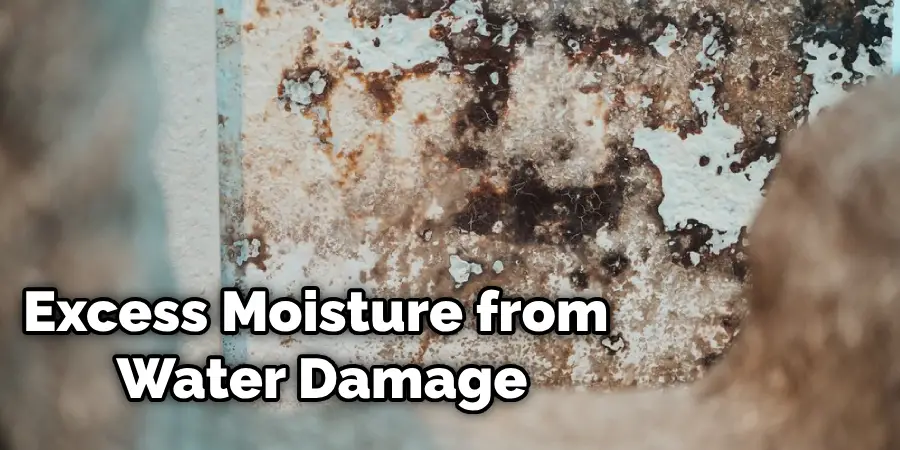
Using Moisture Meters and Other Tools for Detection
In some cases, water damage may not be immediately visible. To accurately identify the extent of water damage, professionals use moisture meters and other tools to detect hidden moisture in walls, floors, and other areas.
Importance of Early Detection and Intervention
Early detection and intervention are crucial to prevent mold growth and mitigate the damage caused by water. If you suspect water damage in your home or building, it is best to act quickly and seek professional help for proper assessment and treatment.
Safety Precautions
Safety Gear for Handling Mold
Before attempting to treat mold, it is essential to have the right safety gear to protect yourself. This includes:
- Gloves (preferably nitrile or rubber)
- Face mask or respirator (to filter out mold spores)
- Goggles
It is also advisable to wear long sleeves and pants while handling mold.
Ensuring Adequate Ventilation
When treating mold, it is crucial to have proper ventilation and air circulation in the affected area. This helps prevent the spread of mold spores to other areas and reduces the risk of respiratory issues.
Turning off Electricity and Water Sources
If water damage has occurred near electrical outlets or appliances, it is essential to turn off the electricity before attempting any treatment. Additionally, shutting off the water source can prevent further damage and reduce the risk of electrical hazards.
How to Treat Mold from Water Damage: Initial Steps for Mold Treatment
Identifying and Addressing the Source of Moisture
The first step in treating mold is to identify and address the source of moisture. This could be a leaky pipe, roof, or plumbing issue. It is crucial to fix these problems before proceeding with any other steps.
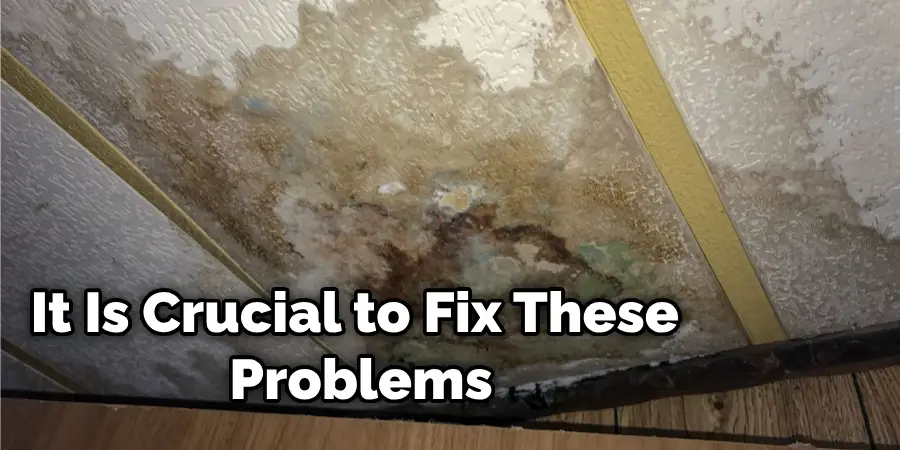
Removing Standing Water
If there is standing water present, it must be removed immediately. This can be done using a wet vac or with the help of professionals.
Drying Out the Affected Area
Using dehumidifiers and fans, the affected area should be thoroughly dried out. This helps prevent mold growth and minimizes structural damage to your property.
Cleaning and Disinfecting Tips on How to Treat Mold from Water Damage
Cleaning and Disinfecting Non-Porous Surfaces
Non-porous surfaces, such as tiles, glass, and metal, can be cleaned using a solution of water and detergent. Once clean, these surfaces should be disinfected using a bleach solution (1 cup of bleach per gallon of water).
Cleaning and Disinfecting Porous Surfaces
Porous surfaces, such as drywall and carpet, may need to be removed if they have been heavily damaged by water. If salvageable, a professional can clean and disinfect these materials using specialized equipment.
6 Common Mistakes to Avoid When Treating Mold from Water Damage
Not Wearing Protective Gear
As mentioned earlier, wearing the right protective gear is crucial when dealing with mold. Not doing so can expose you to harmful mold spores and potentially cause health issues.
Brushing or Scrubbing Mold Growth
Brushing or scrubbing mold growth can release more spores into the air, potentially causing it to spread further.
Using Inadequate Cleaning Solutions
Using ordinary cleaning solutions may not effectively remove mold and can even contribute to its growth. It is essential to use specialized cleaning solutions designed for removing mold.
Failing to Address the Source of Moisture
Treating mold only by addressing the source of moisture will lead to recurring issues. It is crucial to fix any leaks or water damage before treating mold.
Not Drying Out the Affected Area Completely
Filling out the affected area thoroughly can result in mold growth returning, causing further damage to your property.
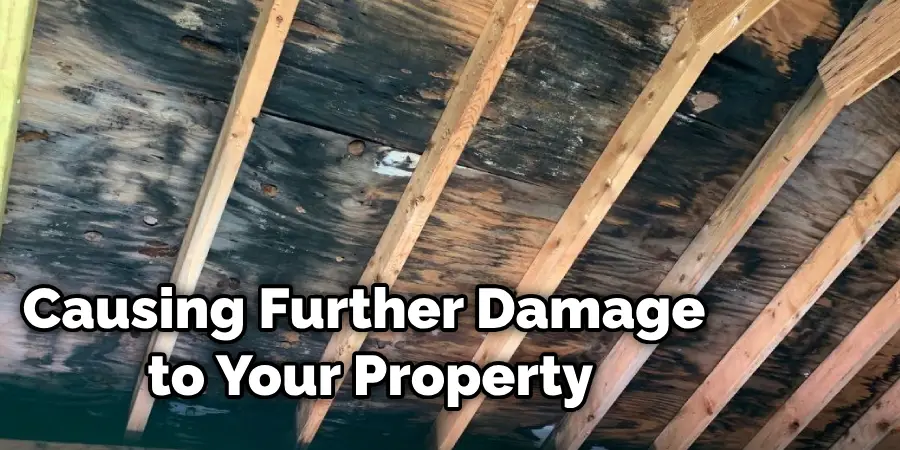
Attempting DIY Mold Treatment without Proper Knowledge or Equipment
Mold treatment can be hazardous and should only be attempted with proper knowledge and equipment. It is best to seek professional help for effective and safe treatment.
Mold Removal and Remediation
DIY vs. Professional Mold Removal
While small patches of mold can be treated with DIY methods, it is always recommended to seek professional help for larger areas. Professional mold removal and remediation services have not only the necessary equipment but also the expertise to remove mold safely and effectively.
Mold Removal Techniques
- Scrubbing and cleaning: For small patches of mold, scrubbing the affected area with a mild detergent or commercial mold cleaner can be effective.
- Sanding: For surfaces like wood or drywall, sanding may be necessary to completely remove mold growth.
- HEPA vacuuming: High-efficiency particulate air (HEPA) vacuums are capable of capturing tiny mold spores and preventing them from spreading.
Prevention Strategies for Water Damage and Mold Growth
Regular Maintenance and Inspection
Regular maintenance and inspection of your home or building can help identify potential water damage issues before they become severe.
Proper Air Circulation and Ventilation
Ensuring proper circulation of air in your property can help prevent excess moisture buildup, reducing the risk of mold growth.
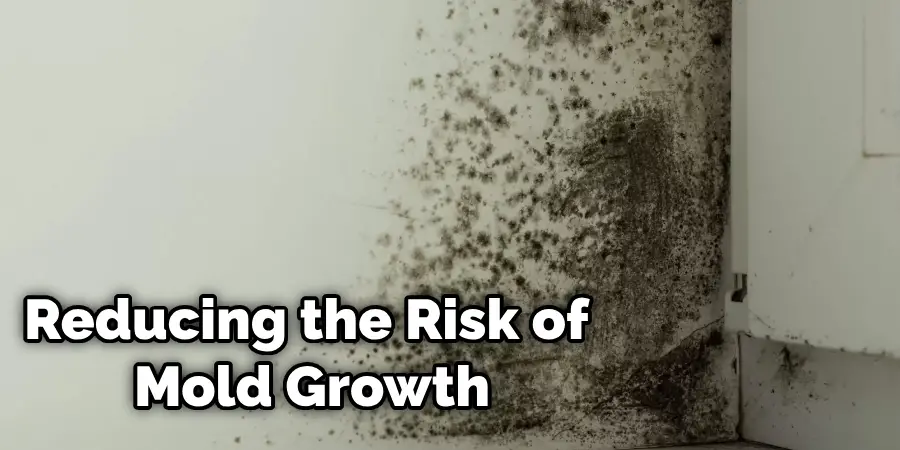
Promptly Addressing Leaks and Water Damage
Promptly addressing any leaks or water damage can prevent mold growth and costly repairs in the future.
Installing Proper Drainage Systems
Proper drainage systems, such as gutters and downspouts, can redirect water away from your property and prevent water damage.
Humidity Control Tips While Learning How to Treat Mold from Water Damage
Using Dehumidifiers
Dehumidifiers can help control humidity levels in your home or building, preventing excess moisture buildup.
Regularly Checking and Emptying Drip Pans
If your property has an HVAC system, regularly checking and emptying the drip pans can prevent water damage and mold growth caused by clogged or overflowing pans.
Properly Venting Clothes Dryers
Make sure your clothes dryer is properly vented to the outside, as excess humidity from drying clothes indoors can contribute to mold growth.
Maintaining Indoor Humidity Levels Below 60%
Keeping indoor humidity levels below 60% can prevent the growth of mold and other moisture-related issues.
When to Seek Professional Help
Extensive Mold Growth
If mold has spread to a large area or is present in hard-to-reach places, it is best to seek professional help for safe and effective removal.
Health Concerns
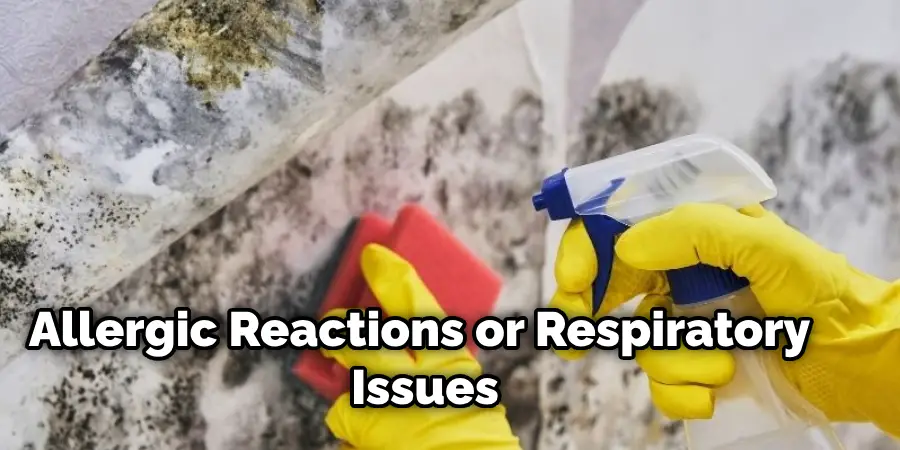
If you or anyone in your household experience allergic reactions or respiratory issues when exposed to mold, it is essential to seek professional help for proper remediation.
Repeated Water Damage Issues
Suppose your property has experienced multiple instances of water damage. In that case, it is crucial to seek professional help to address and prevent any underlying issues that may be causing the recurring damage.
Post-Treatment Monitoring Tips
Regular Inspections
After mold treatment, it is essential to regularly inspect the affected area for any signs of regrowth or water damage. This can help catch and address any potential issues before they become severe.
Proper Ventilation and Air Circulation
Maintaining proper ventilation and air circulation in the treated area can help prevent future moisture buildup and mold growth.
Addressing Any Underlying Issues
If the mold growth was caused by an underlying issue, such as a leaky pipe or poor drainage, it is crucial to address and fix these issues to prevent future water damage and mold growth.
Dealing with Mold on Various Surfaces
Walls and Ceilings
Mold on walls and ceilings can be treated by scrubbing with a detergent or mold cleaner, sanding if necessary, and using a bleach solution to disinfect. If the mold growth is extensive, it may require professional remediation.
Carpets
Carpets that have been affected by water damage should be removed and discarded. If they are salvageable, professional cleaning and disinfecting may be able to save them.
Furniture
Furniture that has been affected by mold should also be removed and discarded. If it is an heirloom or a valuable piece, professional restoration services can save it.
How to Identify and Address Hidden Mold Growth in Your Home
Signs of Hidden Mold Growth
- Musty odor: A musty or earthy smell is often an indication of mold growth.
- Discolored walls or ceilings: Water damage and mold can cause discoloration on walls and ceilings, which may indicate hidden mold growth behind these surfaces.
- Allergic reactions: If you or someone in your household experiences allergic reactions without a clear cause, it could be due to hidden mold growth.
Addressing Hidden Mold Growth
If you suspect hidden mold growth in your home, it is best to contact a professional for proper inspection and remediation. Professionals have specialized equipment that can detect and locate hidden mold growth, and they also have the expertise to remove it safely.
Overall, understanding how to treat mold from water damage is crucial for maintaining a safe and healthy environment in your home or building. While small patches of mold can be treated with DIY methods, it is always best to seek professional help for larger areas or extensive growth. Regular maintenance, proper ventilation, and prompt addressing of any water damage issues are key to preventing mold growth.
Conclusion
In conclusion, mold resulting from water damage is not just a cosmetic issue but a significant health and structural concern that requires immediate attention. Taking a proactive approach to the prevention and timely treatment of mold can protect your health, property, and finances. Regular maintenance, humidity control, and proper ventilation are your first line of defense.
For minor occurrences, household remedies and vigilant post-treatment monitoring may suffice. However, when facing extensive mold invasion, health concerns, or persistent water damage, enlisting professional help is paramount to ensure thorough remediation. Remember, the key to effective mold management is moisture control and swift action at the first sign of a problem. Thanks for reading this article about how to treat mold from water damage.

